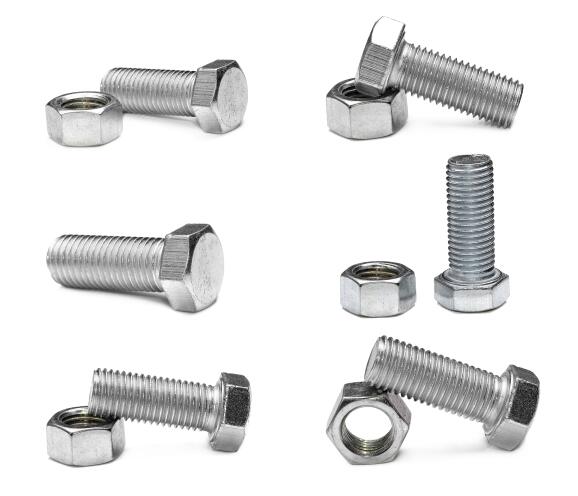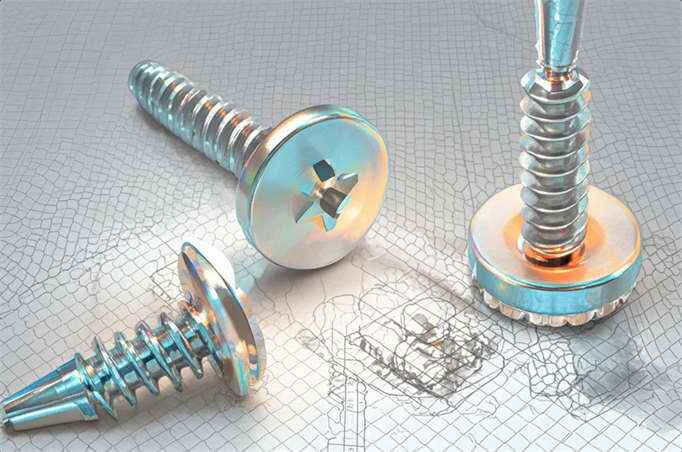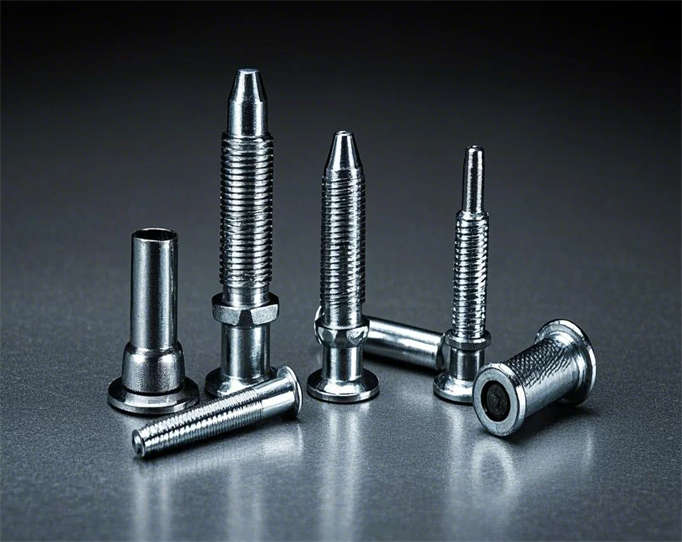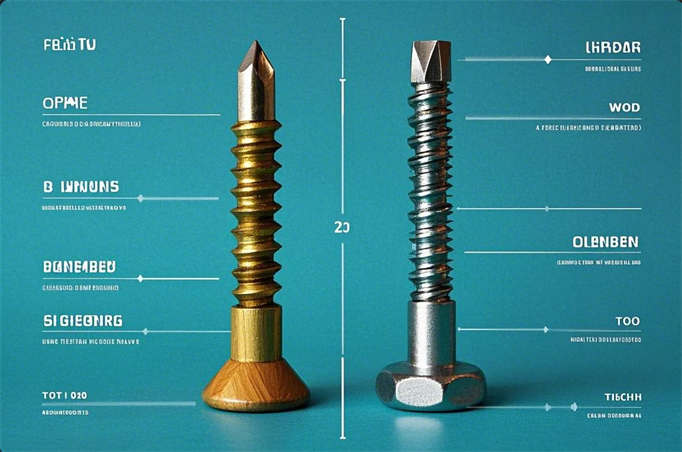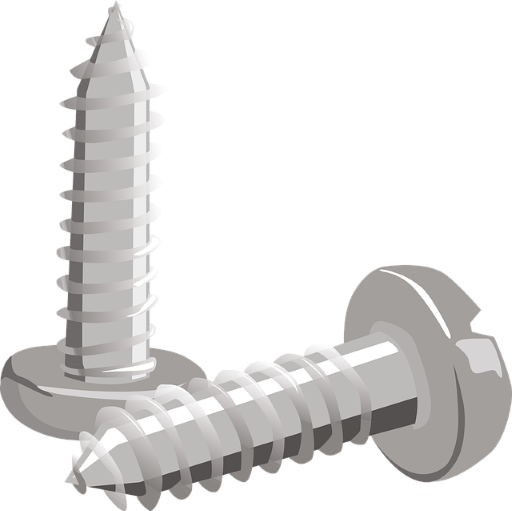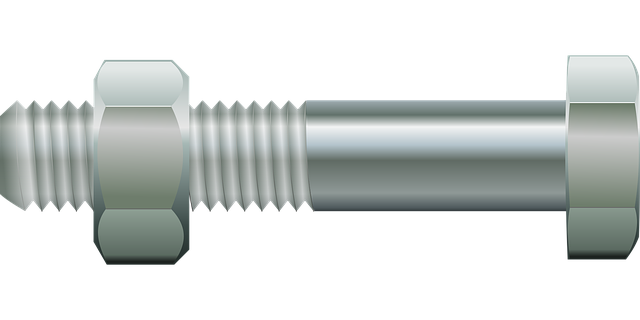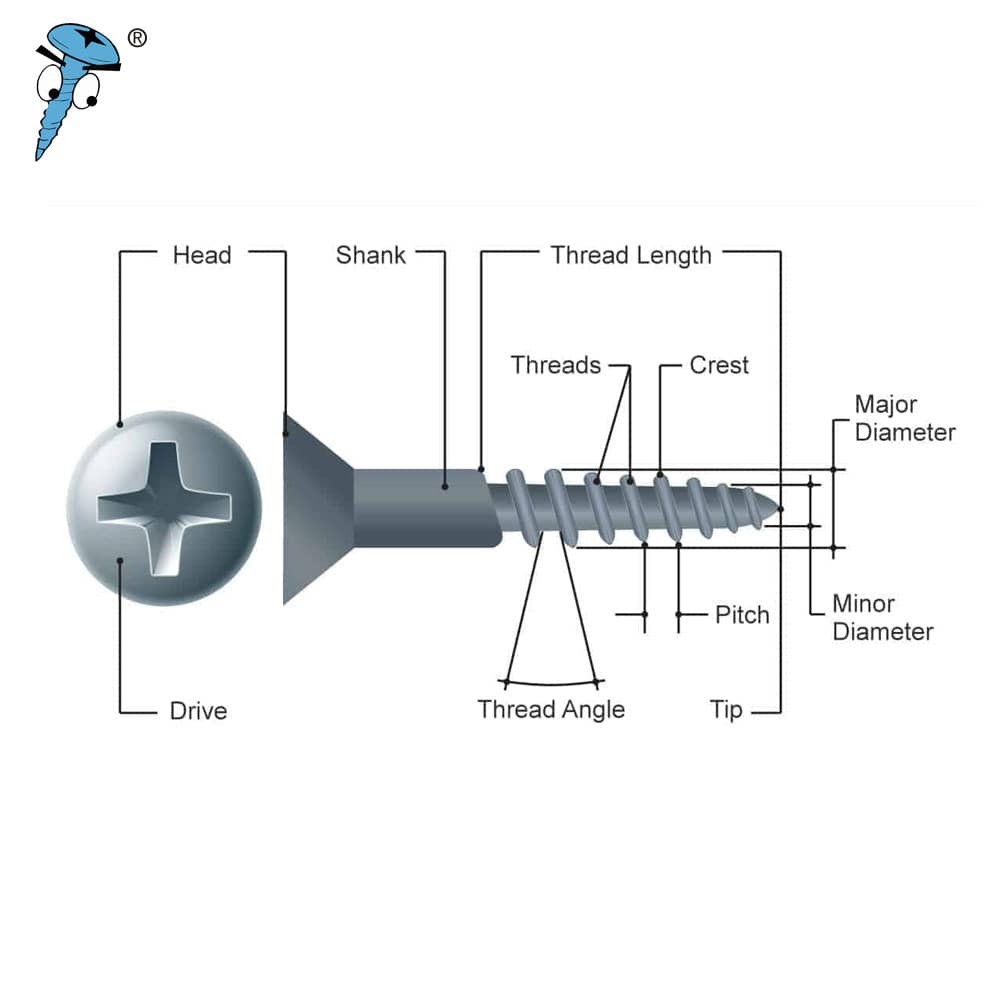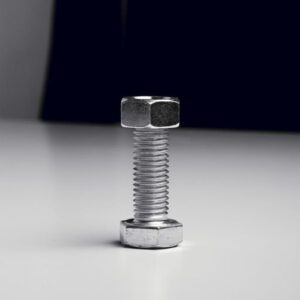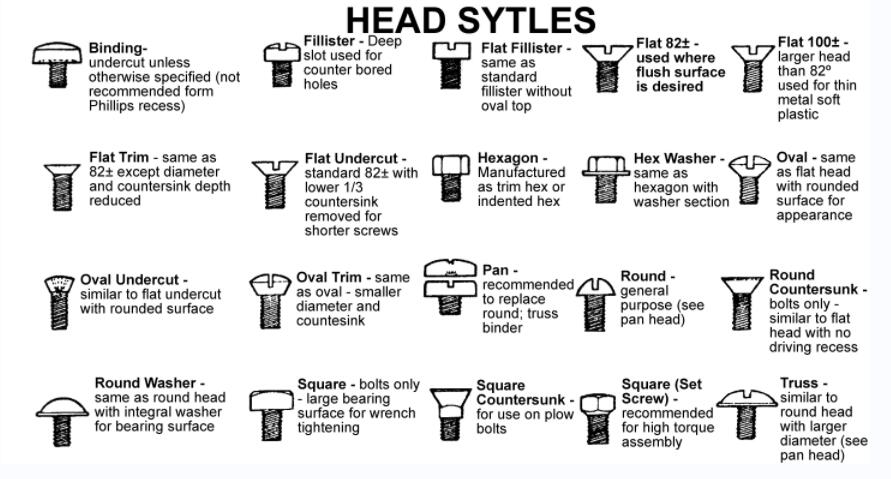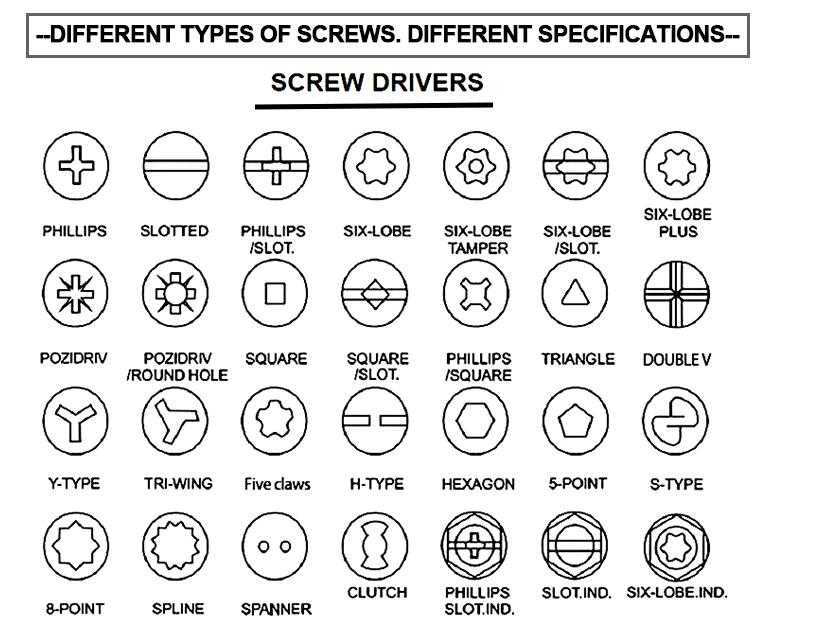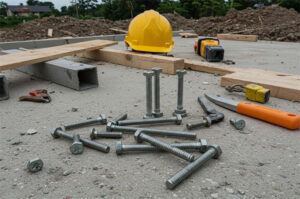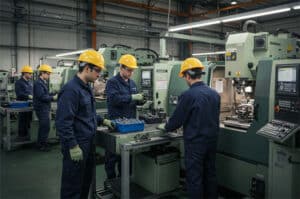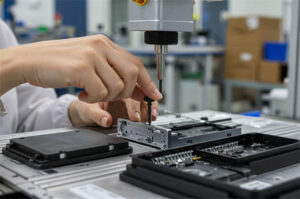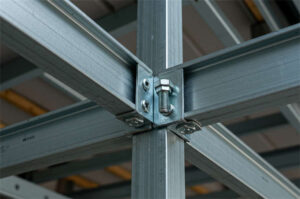The Difference Between Bolts and Screws
Bolts and screws are two common types of threaded fasteners, and their differences mainly lie in their structure, function, and application scenarios. The following is a comparative analysis based on five core dimensions:
1. Core Functional Differences
Bolts
- Combination fastening: Must be used with a nut. The clamping force is achieved by rotating the nut and is suitable for assembly scenarios that require disassembly (e.g., mechanical components, steel structures).
- Axial load-bearing: Primarily bears tensile loads, with shear forces borne by the contact between the bolt shaft and the hole wall.
Screws
- Independent fastening: Directly screws into a pre-made threaded hole or forms its own threads (e.g., for fixing circuit boards, assembling furniture).
- Composite load-bearing: Can simultaneously bear tensile, shear, and torsional forces, depending on the strength of the thread-material connection.
2. Structural Characteristics Comparison
| Feature | Bolts | Screws |
|---|---|---|
| Head Design | Often hexagonal or flanged heads, suitable for wrenches | Diverse slot types (cross, slotted, internal hex, etc.), suitable for screwdrivers or specialized tools |
| Shaft Form | Typically full-threaded or partially smooth shaft | Full-threaded or segmented threads (e.g., self-tapping screws with pointed tips) |
| Tail Treatment | No special structure, ends are flat | May have self-tapping cutting grooves (e.g., self-tapping screws) or conical guide ends |
3. Installation Methods and Pre-processing Requirements
Bolts
- Double-sided operation: Requires operation on both sides of the connection (one side holds the bolt, the other side tightens the nut).
- Simple pre-processing: Only requires through holes, no need for pre-made threaded holes.
Screws
- Single-sided operation: Can be screwed in from one side, suitable for scenarios with limited space.
- Complex pre-processing: Mechanical screws require pre-made matching threaded holes; self-tapping screws form threads by pressing or cutting through the material.
4. Application Scenarios and Load Capacity
| Scenario | Typical Applications | Load Characteristics |
|---|---|---|
| Bolts | Bridges, engine blocks, heavy machinery | High tensile strength (Grade 8.8 or above), can be repeatedly disassembled |
| Screws | Electronic product enclosures, wooden furniture, lightweight brackets | Medium to low load, self-tapping screws are suitable for soft materials (plastics, wood) |
5. Standardization and Selection Recommendations
Standard Systems
- Bolts: Follow ISO 4014 (hexagon heads), DIN 931 (high-strength) standards, with performance grades (e.g., 8.8, 10.9).
- Screws: More detailed classification, such as ISO 7045 (cross-slot pan head), ASTM F568 (self-tapping screws).
Selection Principles
- Bolts: Preferable for scenarios requiring frequent disassembly, bearing impact loads, or requiring high-precision alignment.
- Screws: Preferable when space is limited, when the head needs to be hidden (countersunk design), or when nuts cannot be installed in the material.
Common Misconceptions Clarified
- “Screws cannot be used with nuts”: Some screws (e.g., flange screws) can be used with nuts, but they are still classified as screws.
- “Self-tapping screws have low strength”: Certain stainless steel self-tapping screws (e.g., SUS304) have shear strengths of up to 400 MPa, which is close to that of ordinary bolts.
From the above comparison, it can be seen that the selection of bolts or screws should be based on a comprehensive consideration of load, assembly conditions, material properties, and maintenance requirements. In actual engineering, bolts are mostly used in primary load-bearing structures, while screws are more focused on convenience and lightweight design.
The general misconception of fasteners is they can be in the same category as threaded fasteners and have quite almost no difference at all. It is unlikely to have no distinct differences in the types, bolts and screws are always compared with one another because they have a list of differences contrary to what some people believe.
Although the similarity of both fasteners can be seen in visual comparison, the obvious fact that they’re named differently is enough consideration of their uniqueness. A screw is a general type of fastener, they were invented way before some of the types including bolts. They are devices used to affix two materials together without the other end protruding to the second material, it means they need to be hidden beneath the joint. While bolts should be longer than the application objects as they need to pierce through for the installation of nuts to secure the assembly.
Let’s discover more aspects of characteristics that define the types of fasteners.
Bolts Vs. Screws
Screws are tapered with coarse threads and usually can tap into surfaces without pre-drilling a hole. There is a vast range of types of screws in sizes, shapes, and forms, however, they have considerably shorter lengths than bolts because they are only used in small-load applications (i.e. DIY interior projects, furniture, clothing, machinery, construction, industrial products). Some of the known common screw types are; chipboard screws, machine screws, self-tapping screws, self-drilling screws, stainless steel screws, drywall screws, etc.
Bolts and nuts are a pre-matched type of fasteners, they work together to provide security in the applications. Bolts have fine threads and an untapered shank that requires a pilot hole during installation. Another main difference between bolts from screws is that the torque is applied on the nuts while it is inserted in the threads of bolts, while torque is applied on the head drive of screws. They particularly have bigger sizes and lengths to achieve higher loading capacity and greater yield of strength for heavy-duty applications in large industries (automotive, aerospace, chemical plants, machinery, infrastructure, etc). The most common types of bolts are; carriage bolts, anchor bolts, flange bolts, U-bolts, Hex bolts, machine bolts…
Read more: What are the types of nuts, bolts, and screws?
Parts of Screws
Head – is the uppermost part of the screw. Certain types of heads allow them to sit flush in the material making a leveled flat surface. Other types can make for a decorative look.
Head drive – primarily receives the torque during installation of the screw. There are several types of head drives.
Shank – is the body of the screw consisting of the smooth surface (for partially threaded screws) and the threads.
Thread and Thread length – the helical forming of threads in the body of the screws. Threads are measured in pitch and diameter that can vary in type.
Point – is the tipping point and bottom end part of the screws that tap into the surface of the material.
Advantages of Bolts and Nuts
- Bolts have excellent quality in longevity. They have a longer life-cycle in durability making them less costly than fasteners with mandatory maintenance.
- The vast range of types of bolts is designed to suitably fit the requirements of their application.
- Bolts and nuts have both features that can withstand corrosive elements. Hence, they are preferred in crucial fastening of chemical plants, piping, energy plants, automotive, aerospace, etc.
- They are continually evolving in features as the demand in industries rises to the innovation of advanced technologies.
Different Head Styles, Types of Drive and Threads
Looking for a reliable fastener supplier? Prince Fastener can directly provide factory prices and supply the fasteners in different countries. Contact us now.
